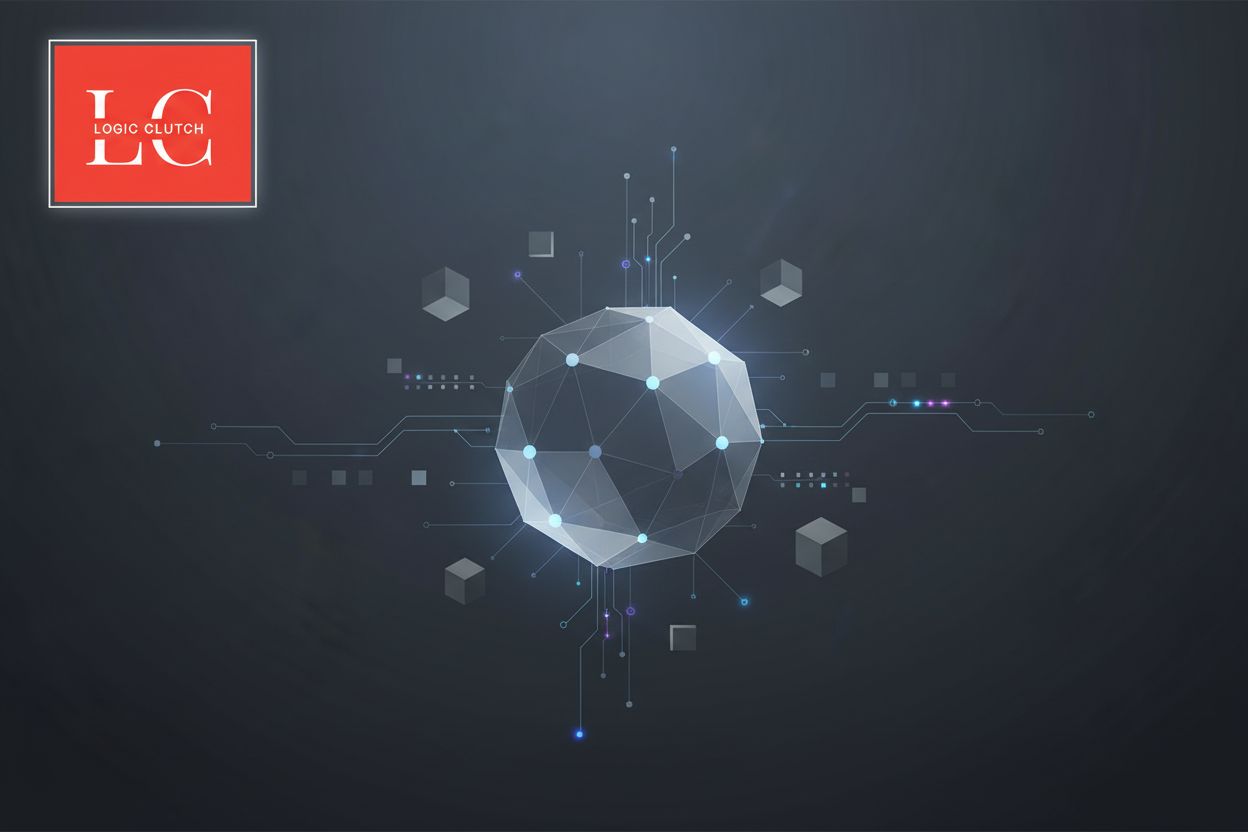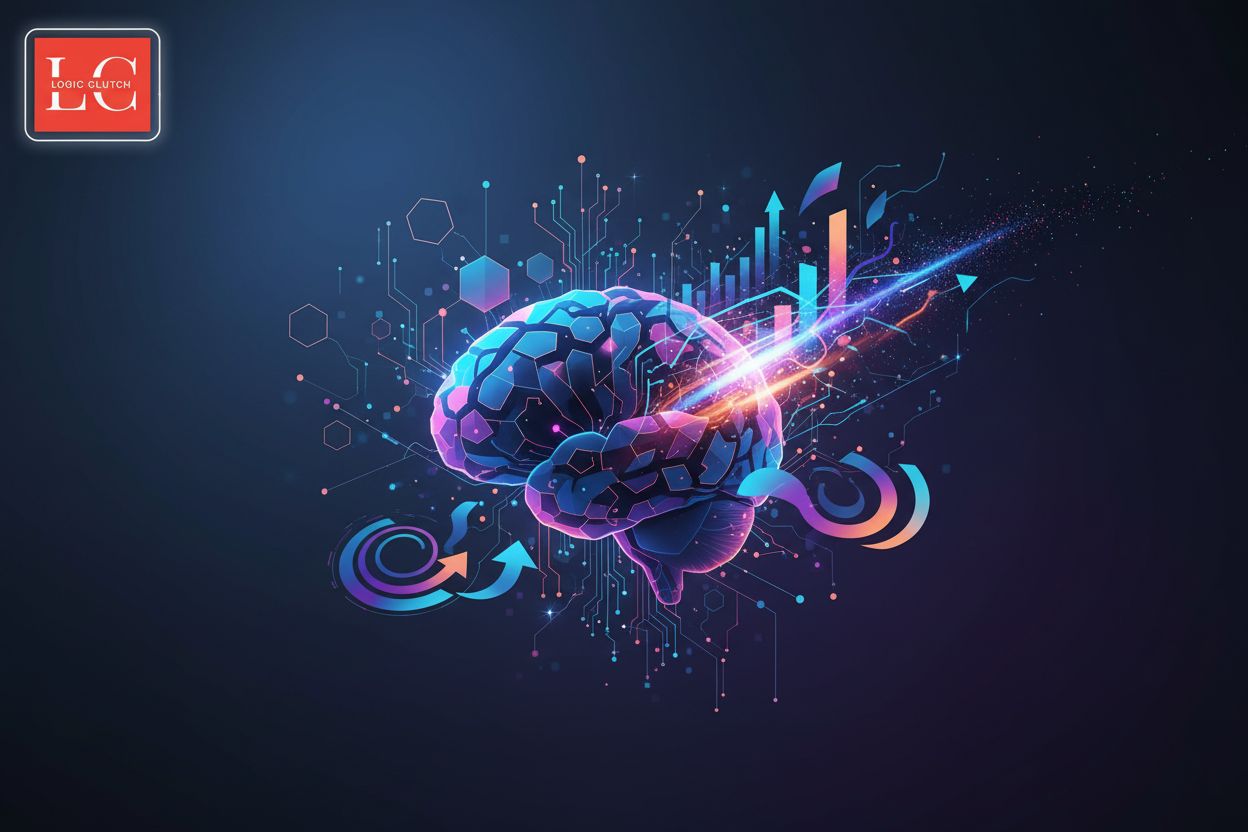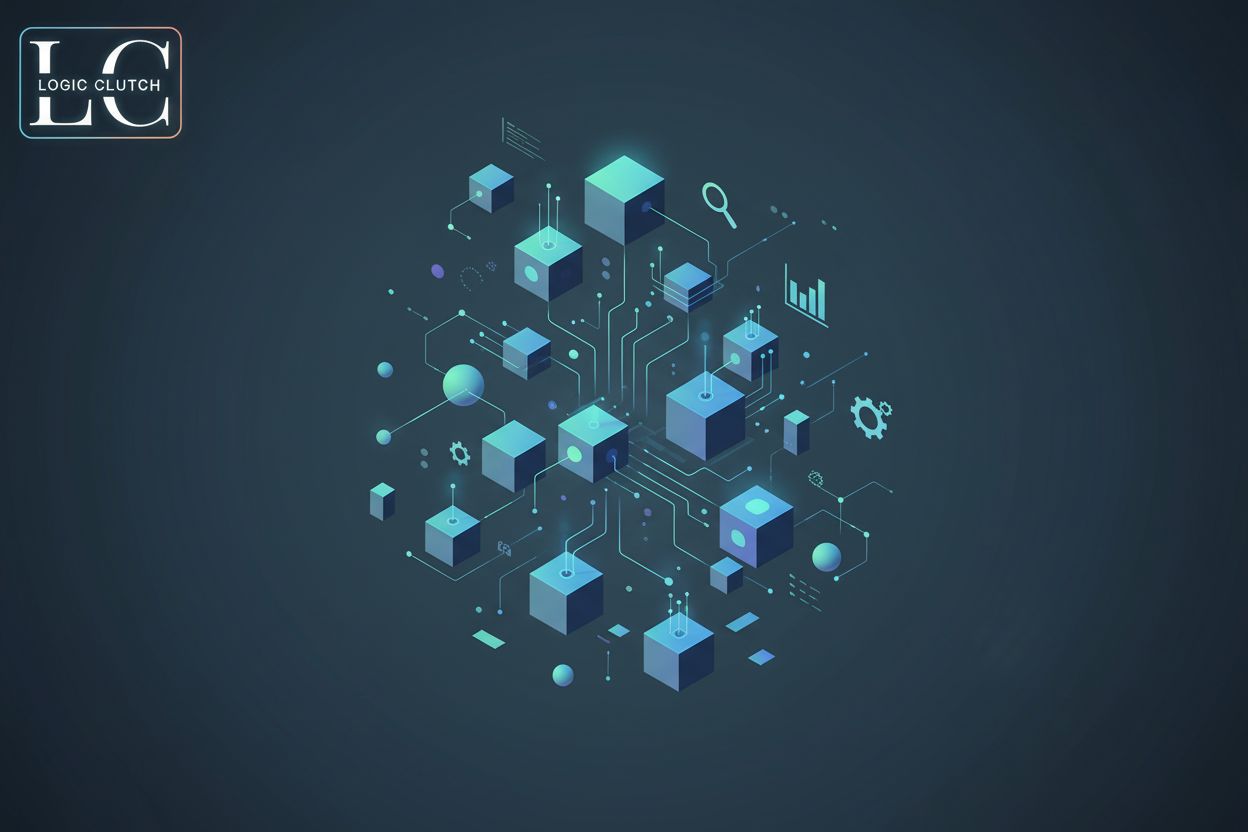Transforming Complexity into Clarity: Using AI to Combat Fraud

TL;DR
The Escalating Threat of AI-Powered Fraud
Did you know fraud is evolving faster than ever? It's almost like it's learning as we're trying to stop it.
The rise of ai and deepfake technology has created a new battleground. Traditional methods? Well, they're just not cutting it anymore. Here's what's happening:
- AI-powered fraud is more sophisticated: Forget simple scams; we're talking ai generating realistic fake identities and crafting phishing emails that are nearly impossible to spot. For example, an ai could create a convincing profile picture using a Generative Adversarial Network (GAN) and then write a phishing email that perfectly mimics a specific company's tone and branding, making it incredibly hard to distinguish from the real thing. It's like trying to catch smoke with your bare hands.
- Traditional verification methods are failing: Rule-based systems can't keep up with the constantly evolving tactics of ai-driven fraud. They're too rigid, and fraudsters are finding ways around them faster than you can say "security breach."
- Industries are at risk: From healthcare to retail and finance, no one is safe. For example, in healthcare, ai could be used to create fake patient records to claim insurance payouts. In retail, ai-powered bots can make fraudulent purchases at scale, bleeding businesses dry.
The financial impact is staggering. Deepfake scams and ai-generated phishing are causing massive losses. It's not just big corporations that are getting hit; individuals are also falling victim to these scams.
"Americans receive the most scam calls in the world and nearly all report getting scam messages every week - by email, phone, or text," according to a post by Haiman Wong.
And, it's not just some lone wolf operations. these scam calls and messages are often linked to transnational criminal enterprises, so it's a global problem, not just a local one.
Legacy systems just weren't built to handle this level of sophistication. They can't detect the subtle nuances of ai-driven fraud, and they're slow to adapt to new tactics. We need something that can react in real-time and offer personalized protection, and a centralized data solution is key to achieving this.
So, what's next? We need to start thinking about real-time intervention and personalized consumer protection but how? Next up, we'll explore how Salesforce CRM can serve as a central hub for managing and detecting this escalating threat.
Salesforce CRM: A Centralized Hub for Fraud Detection
Did you know that your Salesforce crm can be more than just a sales tool? It can actually be your fraud-fighting headquarters. Pretty cool, right?
Think of Salesforce as that central hub where all your customer data lives. And I mean all of it. Sales interactions, service tickets, marketing campaign responses - everything. This gives you a 360-degree view of each customer, which is super important for spotting anything fishy.
- Centralizing data creates a complete picture. Instead of data being scattered across different systems, it's all in one place. This makes it easier to see if something's out of whack. For instance, if a customer suddenly changes their shipping address after years of consistent purchases, that's a red flag.
- ai steps in to find weird patterns. Ai algorithms can analyze customer interactions, purchase history, and even communication styles to detect anomalies. Maybe a customer is suddenly placing unusually large orders or using multiple credit cards. the ai can flag these behaviors for further investigation.
- Enhance fraud detection across touchpoints. By analyzing data from sales, service, and marketing, you can identify inconsistencies that might indicate fraud. For example, a customer might be engaging with marketing emails but never actually making a purchase, or they might be contacting customer service with unusual requests.
Let's say you run a healthcare company. the ai in salesforce could detect a pattern of fake patient records being created to claim insurance payouts. By cross-referencing patient data with appointment schedules and billing information, you can identify and prevent fraudulent claims before they impact your bottom line.
Or consider a retail scenario. Ai can flag suspicious transactions, like multiple purchases from the same ip address using different credit cards. The system can automatically alert your security team, allowing them to take immediate action.
As Kurt Ernst mentioned, fraud is evolving at a record pace, and staying ahead requires innovative solutions. Salesforce's native AI capabilities, like Einstein, can be leveraged here to analyze this centralized data and identify suspicious patterns.
So, how do you actually set up these automated fraud defenses? Next, we'll explore the engine that powers advanced fraud prevention: AI Analytics.
AI Analytics: The Engine for Advanced Fraud Prevention
ai analytics is like the secret sauce – it's what really kicks fraud prevention into high gear. Think of it as the brains behind the operation, constantly learning and adapting.
- Machine learning: imagine training a puppy to sniff out treats, but instead of treats, it's sniffing out fraudulent transactions. Machine learning algorithms are trained on tons of data to spot patterns that humans might miss. For example, in banking, it can identify unusual spending habits that indicate a stolen credit card. The cool thing is, it’s always learning, so as fraudsters get more sophisticated, the ai gets smarter too.
- nlp for scam detection: ever get those emails that just feel off? nlp can analyze text in emails and messages to identify phishing attempts. It looks for weird language patterns, emotional manipulation, and other red flags. This is especially useful in customer service, where nlp can automatically flag suspicious communications for review.
- Behavioral biometrics: it's like having a super-sensitive lie detector for online activity. Behavioral biometrics analyzes how you type, move your mouse, and interact with your devices to verify your identity. If someone else tries to access your account, their behavior won't match your profile, and the system will flag it.
Okay, let's get a little geeky for a sec. Behavioral biometrics isn’t just about watching what you do; it's about how you do it.
For instance, in e-commerce, if a user suddenly starts typing much faster than usual or their mouse movements become erratic, it could indicate that a fraudster has taken over their account, so the system blocks the transaction.
So, with ai analytics, you're not just reacting to fraud; you're predicting and preventing it. And as Kurt Ernst points out, fraud is evolving fast, so you need these kinds of tools to keep up. Next, we'll look at how to implement these AI-driven fraud defenses within Salesforce workflows.
Implementing AI-Driven Fraud Prevention in Salesforce: A Step-by-Step Guide
So, you're thinking of putting ai-driven fraud prevention into your Salesforce setup? Smart move. It's like giving your crm a super-powered shield.
First things first, you gotta get your data ducks in a row. We're talking about connecting Salesforce to all the places where fraud-related data might be hiding. Think financial systems, external databases – the works. It's like hooking up all the different pieces of a puzzle so you can see the whole picture.
- Connect those sources: This means setting up apis and integrations so data flows smoothly into Salesforce. For a healthcare provider, that might mean linking claims processing systems, patient databases, and even pharmacy records.
- Clean up your act: Raw data is messy, like a toddler's playroom. You'll need to clean it, standardize it, and get rid of duplicates. Trust me, garbage in, garbage out.
- Quality is king: Make sure your data is accurate and consistent. If you're pulling data from multiple sources, ensure the formats match and the information is reliable. You don't want your ai making decisions based on bad info.
Once your data is prepped, the next crucial step is configuring the AI models themselves. This involves selecting appropriate algorithms (like decision trees or neural networks, depending on the complexity of the fraud patterns you're trying to detect), defining the parameters for each model, and then training them using your cleaned historical data. This training process is where the AI learns to identify fraudulent activities.
Imagine an e-commerce platform. They connect their Salesforce crm with their payment gateway, shipping provider, and customer service logs. By pulling all this data into one place, they can spot things like unusual shipping addresses, multiple transactions from the same ip address, or a sudden spike in customer complaints.
This, in turn, lets them flag potentially fraudulent orders before they even ship, saving them a ton of money and headaches. Next, we'll discuss how to keep this system effective through best practices for ongoing maintenance.
Best Practices for Maintaining an Effective Fraud Prevention System
Alright, so you've built this awesome fraud prevention system... but it's not a "set it and forget it" kinda thing. Like a garden, it needs constant tending, or weeds (fraudsters) will take over.
- Regularly Updating ai Models: ai models are only as good as the data they're trained on. As fraud tactics evolve, you gotta retrain your models with new data. Think of it like teaching your dog new tricks; if you stop training, they'll forget what they learned.
- Employee Training and Awareness: Your employees are like the first line of defense. Make sure they know what the latest scams look like and what to do if they spot something fishy. For instance, train your customer service reps to identify social engineering attempts.
- Collaboration and Information Sharing: Don't be an island. Share fraud intelligence with others in your industry and even law enforcement.
Many organizations are finding success with a layered approach. As fraud prevention systems evolve, it's important to continuously evaluate their effectiveness and adapt your strategies. What's next, then? Let's look at the future of AI in fraud prevention.
The Future of AI in Fraud Prevention
Okay, so ai in fraud prevention, huh? It's not just sci-fi anymore; it's kinda our reality. What's coming down the pipeline? Buckle up.
- Blockchain's moment? Maybe. Using blockchain could make transactions way more transparent, making it harder for fraudsters to hide. Think of it as a ledger that everyone can see but no one can mess with easily.
- Federated learning gets real: Imagine training ai models without actually sharing sensitive data. Federated learning lets multiple organizations contribute to a model without exposing their own info. A win-win, especially in healthcare.
- Quantum Computing, though? That's still a ways off, but it could revolutionize fraud detection with its insane processing power.
But hey, it ain't all sunshine and roses. We gotta worry about bias in ai algorithms and making sure we ain't violating anyone's privacy. For instance, biased algorithms might disproportionately flag certain demographics, leading to unfair scrutiny. To combat this, we need to ensure diverse training data and implement regular audits for fairness. Responsible ai is the name of the game, folks. As Kurt Ernst highlighted earlier, fraud is evolving at a record pace, and ethical considerations need to grow just as quickly. We also need to consider how AI can be used to detect sophisticated threats like deepfakes, which are becoming increasingly prevalent.





